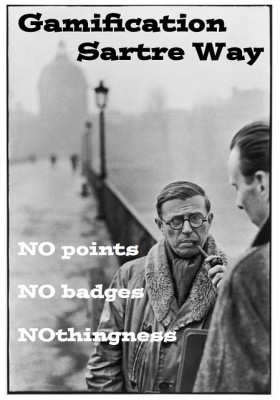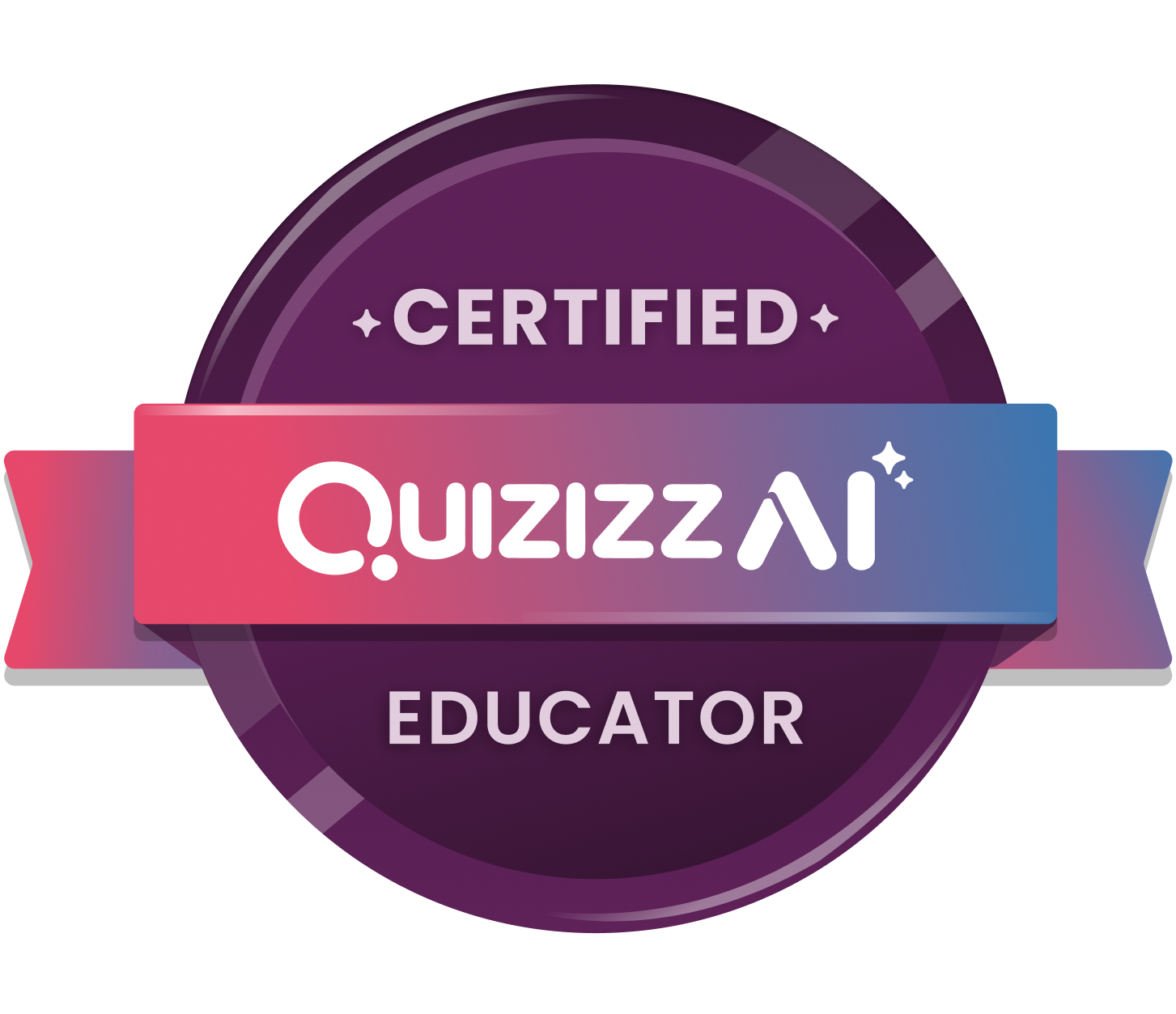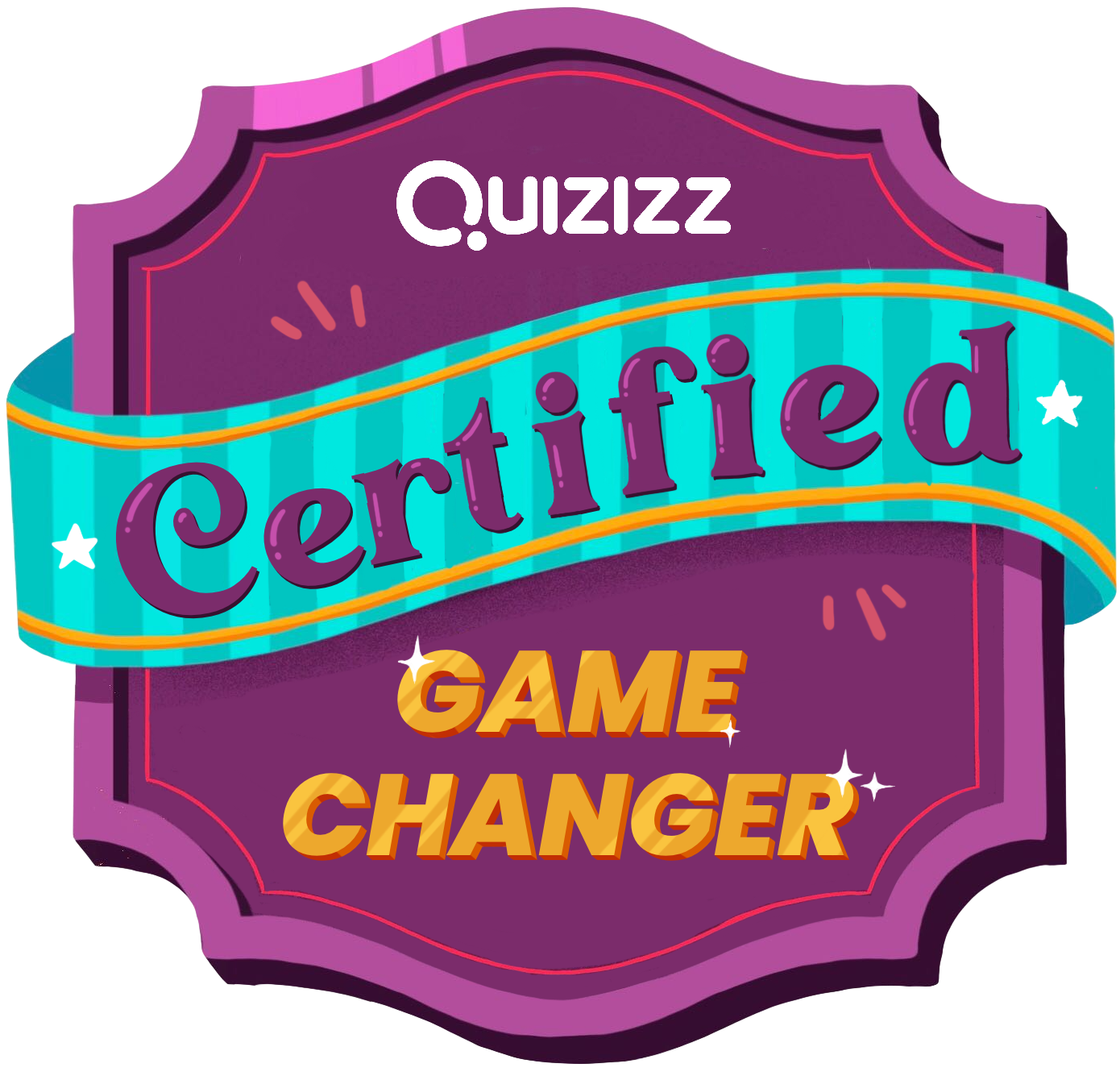I’ve been getting questions about where to begin if you want to gamify your classes and I thought I’d share some of what has worked for me here.
To begin I just want to say that gamification can happen without spending any money. I think the most important aspect of gamification be a change in how you run your classroom especially the way teachers traditionally grade, assess, and show students how they are doing. Gamification refers to using some form of game mechanics from video games in a non-video game setting. It could mean points, typically experience points or XP, questing (which just a gaming term that means completing assignments), maybe badges and/or achievements to show students what they’ve learned, and maybe things like leaderboards to show students where they stand if you want to make your course competitive.
The biggest difference I see between gamification and traditional grading is that in a gamified setting students start with a zero or they are a level 1 player. As students learn they get points and level up. In a traditional classroom students start with an A and chip away at that A every time they make mistakes. That seems so counter-intuitive. You are learning new things and get penalized every time you make mistakes! What? In a gamified approach students can make all the mistakes they need to learn the material. It’s when they show that they’ve learned something or successfully completed assignments that they get the XP. I really like calling points experience points because it gets the idea across that you have to gain some new knowledge or skills or EXPERIENCE. Kids are encouraged to take risks in a gamified classroom because taking risks gets you points and you level up faster. In a traditional classroom taking risks can cost you points and your overall grade average will drop. Not good for high achieving students!
If anyone is getting started in gamification I highly recommend that you read Lee Sheldon’s book, The Multiplayer Classroom. That book shows many different ways to gamify a course. It really helped me after I floundered trying to do it on my own.
If you have the technology, or rather your students have access to devices or computers, and you find that you could use a learning management system (LMS) to keep track of assignments/quests, points, badges, etc, then I highly recommend using 3D GameLab. Using 3D GameLab made my life so much easier. It has become my one-stop place for keeping track of ALL my students’ learning, assignments, and an excellent way to provide each and every student individualized, narrative feedback when they need it. It does cost money though. I pay for my account myself because for me it’s worth it. Here’s a webpage I put together to explain to parents how they can use 3D GameLab to keep track of what their child is learning in my class.
I have seen and would like to try a free option for gamifying a course and having an LMS type resource, and that is ClassCraft. It looks great and so far it’s free. I’m thinking of trying it out on a new one quarter course I’m teaching in the Fall just to see how kids respond to it.
All the posts I’ve written about gamification can be found here, including all my Diigo Gamification links.
I’m going to add another subsection of gamification, one I’m not so familiar with (not that I’m very familiar with any of this, I am, after all, a beginner with only a few years of trying these things out) which I’m calling Alternate Reality (AR). Here are my AR Diigo Links. Now my Diigo links will also have Augmented Reality links in there, I didn’t think that one through all way when I first started curating all the links, so here are specifically Alternate Reality Game Links. For me and what I’m going to do this year is to add a story element to my gamified course. That is another game mechanic, a story that the game takes place in. I’ll be blogging more about that later as it unfolds and evolves.
Now if after reading the above you are thinking, “but what if I want my kids to play games to learn my content?” Then you’re thinking of the related but different Game-Based Learning (GBL). GBL refers to using games, either educational or commercial off the shelf (COTS) games, in school for learning of the content. There are so many games for different content areas and different grade levels.
I have collected a bunch of links on GBL on Diigo, check them out. And if you are thinking of using games such as World of Warcraft or Guild Wars 2 with your students you have to check out the WoWinSchools Wiki and if you’re thinking about using Minecraft check out the Minecraft Wiki.
Using games such as World of Warcraft (WoW) or Guild Wars 2 (GW2) allows students to work together in these alternate realms to complete cognitively demanding tasks. The amount of research kids do outside of these games to better play the games rivals anything they do in school! That level of engagement is what those of us who are looking to GBL want. Games such as WoW and GW2 are known as Massively Multiplayer Online Role Playing Games (MMORPGs) and the name says it all. Those are whole worlds complete with very rich and complex story lines. I see it as having my students take control of the main character in the story instead of merely reading about the main character. It’s the reason so many of us are drawn to gaming, because we get to be in charge and control the destiny of our characters!
Minecraft has some aspects of MMORPGs but instead of being massive and instead of being a role playing game, Minecraft is more of what is being called a sandbox game. It is truly a universe where the player can create or do anything he or she can imagine. As for a teacher, we can build any world for our students to play in and learn whatever we have to teach. See also Minecraft.edu for information on school accounts at a reduced price. Here are more Minecraft Links I’ve curated on Diigo.


































































